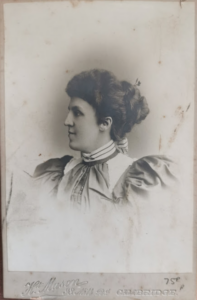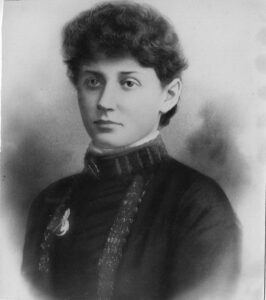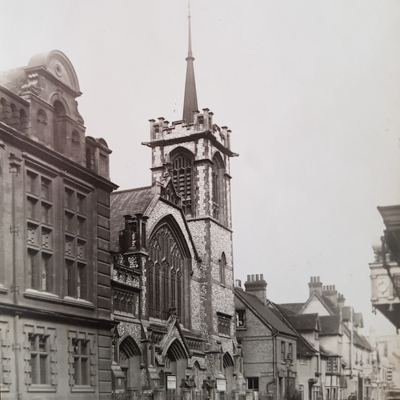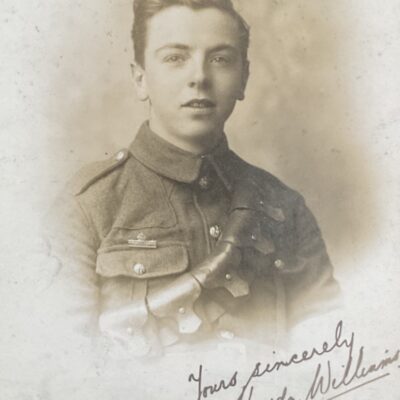Search by topic
- archaeology
- architecture
- bricklayer
- Building of Local Interest
- carpenter
- church
- crime
- dressmaker
- fire
- general labourer
- Great Eastern Railway
- listed building
- medieval
- oral history
- Public House
- Rattee & Kett
- Roman
- scholar
- school
- Then and Now
- tudor
- women
- work
- world war one
- world war two
Search by text
 96-104 Mill Road in 1978, B.MILL.K78 51269. Courtesy of the Cambridgeshire Collection
96-104 Mill Road in 1978, B.MILL.K78 51269. Courtesy of the Cambridgeshire Collection98 – 100 Mill Road
Reminiscences of living on Mill Road in the early 1960s
1901
1911
1913
(98) San Toy sweet stores
(100) Parkes and Co fishmongers
1917 – 1922
John Brooks (1863-1938) and Susan Brooks (1865-1937): their first fish and chip shop was at 100 Mill Road. John’s occupation is first listed as a fishmonger on his son Harold’s marriage certificate dated 4 November 1917. The fish shop is also listed at this address in 1920 but as closed by 1927 (Spalding’s Directory – Cambridge Reference Library). In 1922 the Brooks moved their fish and chip shop to 2 Kingston Street.
Previously John had been a foreman at Foster MIlls near Cambridge station (1911 – 1917) but lost his job after being found drunk at work. Prior to that the couple had met and married (1890) in Tiverton Devon and John had been a journeyman miller moving from mill to mill. They had apparently moved 18 times, with their seven children too, before they finally settled in Cambridge.
Both are buried in Cambridge Cemetry on Newmarket Road.
1937
(100) Edward W Harper and Son, house furnishers
1962
(98 – 100)
Watson’s, ladies and gents hairdressers
1970
Watson’s, ladies and gents hairdressers
Recollections of D Halls (2020)
Mrs Easy was Donald Hall’s employer; her maiden name was Pam Watson. Donald was a barber in the business; he left in 1951 and emigrated to the USA and settled in Palm Springs, California. The flat was occupied by fellow employee, Les Neal, and his family.
Recollections of Liz Simblet (March 2019)
I and my husband, John Simblet, a student of English at St. John’s College, lived at 98-100 Mill Road from July 1961 to June 1962. We were among the very few married students at that time.
Present day students may find marrying rather quaint, though it caused family disapproval even so. My husband was among the last National Servicemen who had chosen to do his two years before University, though it was abolished while he was based in Germany. I was a graduate of Manchester University.
Our somewhat strangely organised flat was above and behind a Hairdressing business owned by our landlady, Mrs. Easy. We paid an all inclusive rent of £4 per week. We were very grateful for this, and must have been among the very earliest people from the University to rent in Mill Road. (I had to sign a confirmation every week, as technically I was my husband’s landlady, that he had stayed within the sound of the bells of Great St. Mary’s in order to matriculate.) My husband was able to keep a motorbike in the yard (illegal then at the University) and friends used to call for refuge when oppressed by College. We considered ourselves Mill Roaders!
In the other flat, with whom we shared the bathroom, were a couple, Mr. and Mrs. Y. Mr. Y. worked for the City as a refuse collector, and Mrs. Y worked as an Orderly at the Maternity Hospital across the road. Mrs. Y’s sister lived with them and was a waitress at the Dorothy Cafe.
Other attractions were the Kinema cinema across the road, and two Co-op shops, one over the bridge in Romsey. Next door, in, I assume, 102, was a grocery business, the International Stores, the last of a chain of small grocery shops from the end of the 19th century, from which we occasionally had an invasion of cockroaches in our pantry, something which I am sure does not trouble the Al Amin store at No. 100.
We were unaware of the Left Wing history of the area, but, as Labour Party members, we had the loveliest site for our Ward meetings, in the Romsey home of a retired Railwayman, whose wife had baked chocolate cakes which melted in front of a roaring fire if the meeting went on too long.
We, I suppose, played our part by organising a Council Election with another student married couple, Paul and Winifred B. Our leaflets were produced on a Banda which reproduced faded efforts. It was, incidentally, the first time I could vote, at the age of 22 (in my lifetime 21-16?). We did not win, but our Candidate, Paul Rayment, an electrician, subsequently became a City and Cambridgeshire Councillor for many years.
During our time, there was a campaign against being forced to wear gowns when out in the evening. There was a march in which I, as not a member of the University, had to negotiate arrangements with the police. Our landlady, Mrs. Easy, was not impressed by policemen in uniform visiting her tenants! At the end of the March, my husband was arrested by the Proctors and fined 6/8d, a medieval fine. After we left, to Nottingham where my husband began his lifetime career in Further Education Colleges, the gown wearing rule was abolished.
This may be of slight interest for your archives from two eighty year olds with very happy memories of Mill Road in our first year of marriage.
Our thanks to Liz for the memories of her time on Mill Road. The photo shows nos. 98-100 in 1978 when it was known as Watson’s Hairdressers. In 2019 it is the Bedouin Restaurant.
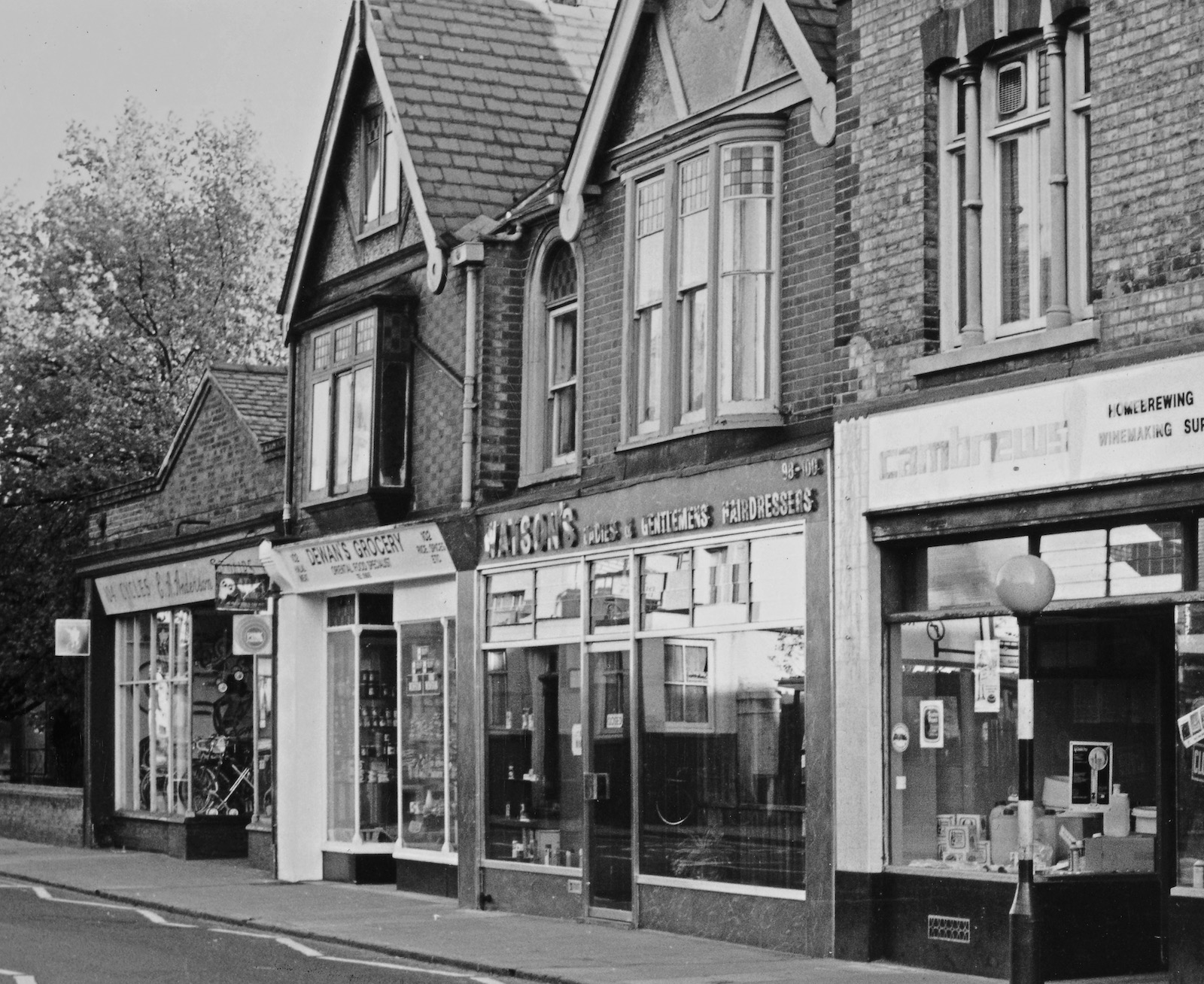
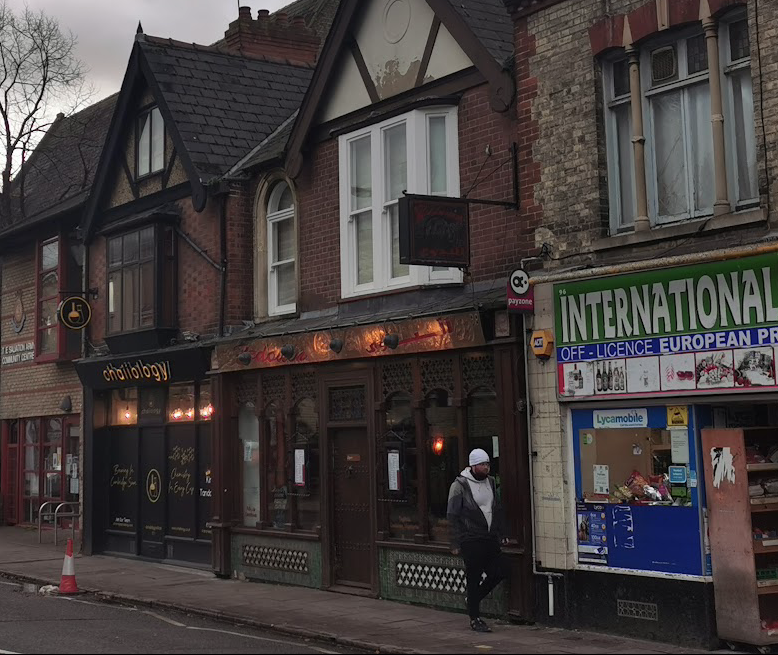
Contribute
Do you have any information about the people or places in this article? If so, then please let us know using the Contact page or by emailing capturingcambridge@
License
 This work is licensed under a Creative Commons Attribution-NonCommercial-ShareAlike 4.0 International License.
This work is licensed under a Creative Commons Attribution-NonCommercial-ShareAlike 4.0 International License.








